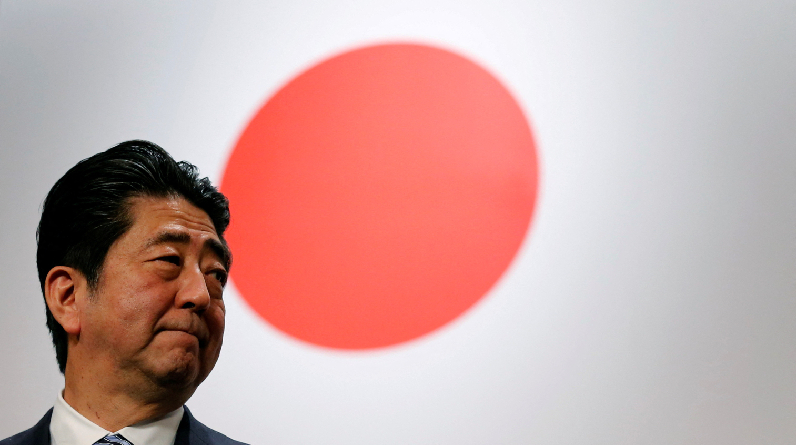While Japan’s recent strategic shift is significant, it may face challenges in its implementation

Three major strategic documents were released by the Japanese government last month: the National Security Strategy (PDF), the National Defense Strategy (PDF), and the Defense Buildup Plan (PDF). Taken together, they represent a sea change that may indicate Tokyo not only has a common strategic vision with the United States but is also committed to doing far more for its own defence.
After WWII, Japan’s defence policy has been characterised by gradualism and rigidity. Tokyo’s tendency to limit defence spending to 1 percent of GDP dates back to the 1970s. Economic growth in Japan slowed significantly after the economic bubble burst in the mid-1990s, and as a result, Japanese defence spending essentially froze. The amount spent in 2021 was only 9 percent higher (PDF) than it had been almost 25 years earlier.
See Also: 5 Newly Released Watches We Can’t Get Our Eyes Off Of
With this in mind, the announcements made by Tokyo on December 16 mark a turning point in terms of both the scale of planned defence investments and the range of capabilities the country intends to acquire (PDF). These adjustments, when implemented, may make Japan a stronger ally of the United States and a more important force multiplier, reflecting an updated Japanese understanding of deterrence and the means to maintain it.
Leave a reply
You must be logged in to post a comment.





